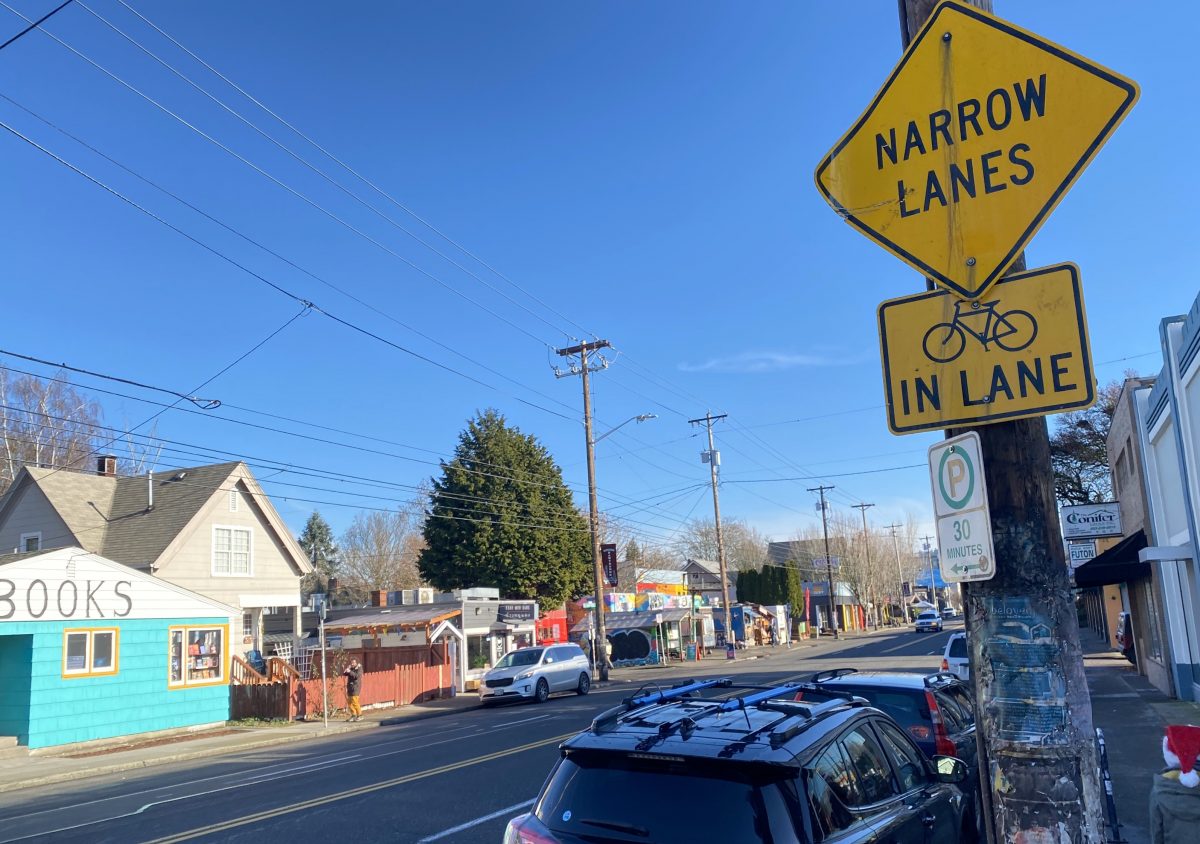
(Photo: Jonathan Maus/BikePortland)
Portland has a rare opportunity to create space for cycling on a dense, commercial section of Southeast Hawthorne Boulevard. We cannot afford to miss it.
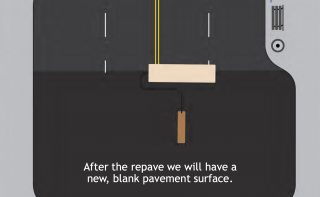
A paving project between SE 24th and 50th gives us a blank slate to create whatever type of street we want. And that’s not my opinion: Our transportation bureau themselves has said new pavement, “provides an opportunity to consider changes to improve safety, comfort, and function for people and businesses.”
So it begs the question: What kind of street should Portland create on this empty canvas? What type of street should we expect our elected leaders and city planners to provide on one of the most popular walking and shopping destinations in the entire city?
Do we want to invite more humane mobility choices that build community health and wealth and open up our streets for more types of people and users of all ages? Or do we want to encourage more toxic, dangerous choices that reduce access and continue the unsustainable status quo?
Zoom out a bit. Close your eyes and take a breath, then come back to those questions.
Advertisement
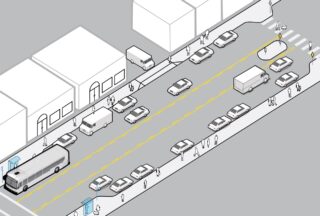
Now, how does it feel knowing that the striping option (at right) that scored highest in the Portland Bureau of Transportation’s initial evaluation would replace the current five drivable lanes on Hawthorne with five more drivable lanes on Hawthorne? How does it sit with you that we arrived at an idea to replace 52-feet of street space currently used for parking and driving cars with 52-feet for parking and driving cars?
It seems unbelievable. Yet while we currently find ourselves in this position, it’s not where we have to end up.
Right now, leadership and staff inside Portland City Hall and the transportation bureau are hovering over a more complete evaluation that tells them how various striping plans will impact traffic. They’re also very likely having discussions about how their decision will impact personal careers, public perception, media coverage and politics. I understand doing something different — like adding cycling space to a major commercial street in Portland — is scary. Anyone who’s served in government knows it’s always easier to make safe decisions. But given what Portlanders deserve and what these times demand, safe decisions might be easy but they won’t lead to the outcomes we desparately need.
It’s time for us to do something different — yet something that should feel very familiar if you believe in the visions we’ve already adopted.
Let’s zoom out again…
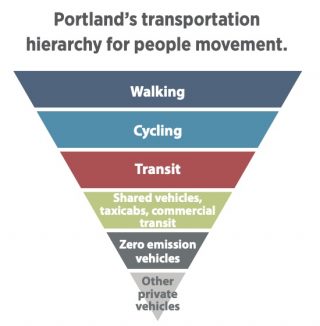
10 years ago when we passed the Portland Bicycle Plan for 2030, I would never have thought the talented and dedicated staff at PBOT (many of whom I think of as “advocrats” for their passion and willingness to push the limits) would be directed by their transportation commissioner (who was Chloe Eudaly at the time) to take a blank slate on Hawthorne and choose to continue to encourage and prioritize car and truck drivers. Yet that’s what they were told to do back in September.
This, from a city that once unanimously adopted the visionary statement below (taken from the Portland Bicycle Plan for 2030):
“It’s the year 2030 and Portland looks much different than it did a generation ago. By sharply reducing reliance on personal auto use, Portland significantly lowered its carbon footprint, eased traffic congestion, improved air quality and enhanced public health. One of the community’s most valuable assets, the public right of way was reclaimed for all Portland residents… Children, women immigrants, seniors and other populations that have historically not bicycled in large numbers now bicycle in higher proportions than ever before… With more money in their pockets and circulating in the local economy due to reduced transportation costs, the business community has come to embrace bicycling as a hallmark of the Portland region.”
And this from a city whose Transportation System Plan includes the “Transportation strategy for people movement,” (policy 9.6) that includes a prioritization of modes in an ordered list. Walking is first, then cycling, transit, taxis/TNCs, ZEVs, then in last place “other private vehicles.”
I have never stopped believing in these visions and I know we can achieve them.
Thankfully, PBOT is taking a second look at the Hawthorne project. This time around they’re under the direction of a new transportation commissioner, Jo Ann Hardesty, a leader who has a clear vision to create streets where, “People can access food and goods and services that are not tied to getting into automobiles”.
Advertisement
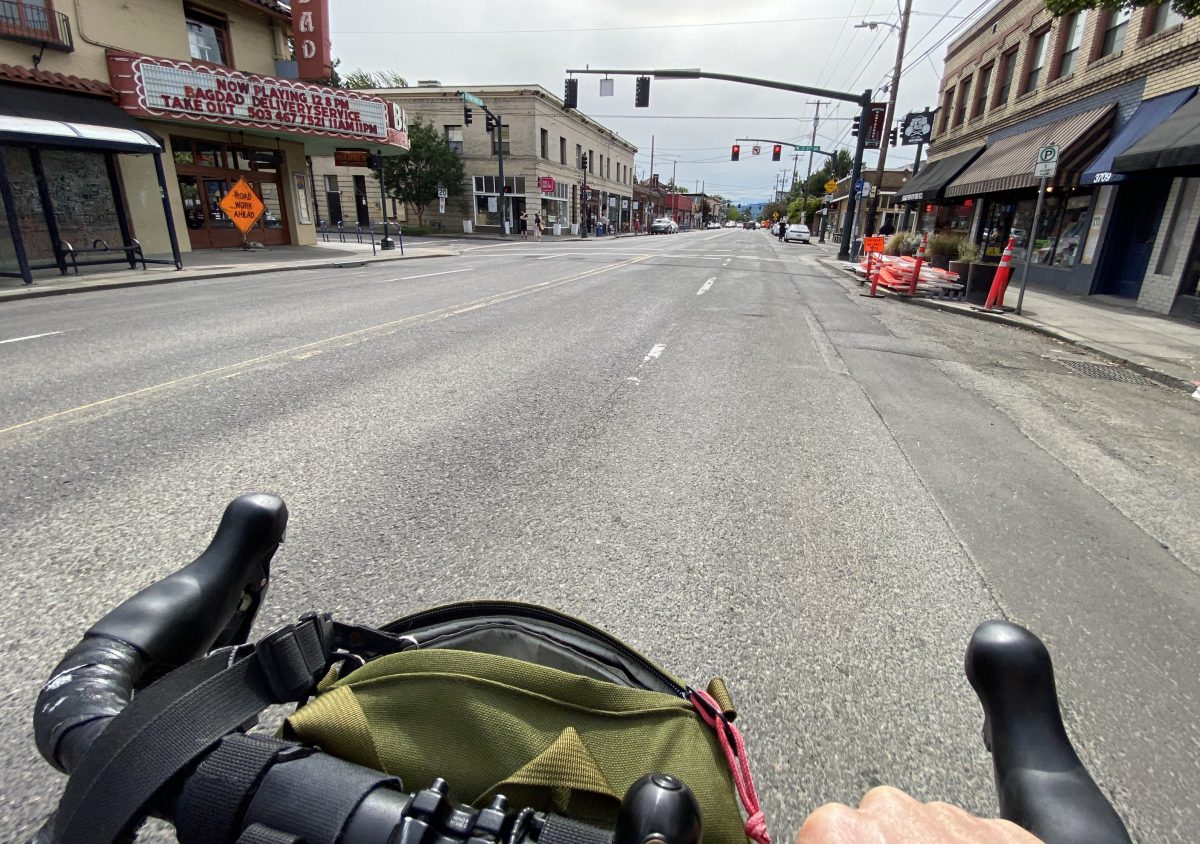
I understand that the potential safety implications of this looming choice are weighing heavily on influential hearts and minds. The models tell them having a center turn lane for the length of the project (Alternative 2 in the first evaluation, which would simply extend the current conditions east of Calle Cesar Chavez all the way west to 20th) would result in fewer “turning movement crashes” and “improve safety for pedestrians.”
“Safety” is a very tricky metric for making decisions, especially when derived from flawed and incomplete models. We absolutely need to protect people, but the altar of safety can paralyze us, cloud our larger vision, and make us less safe in the long run. Portland’s vision is to create streets that have more bikes, fewer cars, and to reap the myriad benefits that will follow.
And let’s not forget: A city with fewer people driving is much safer. As our traffic death toll and the horrific events of January 25th reminded us, every time someone chooses to drive a huge steel vehicle near vulnerable humans our collective risk goes up. To be truly safe, we need to take every opportunity to limit exposure to driving.
We should not bend our vision to fit a limited view of safety; we should create a new vision of safety. And if we look hard enough, the answers will be staring us in the face.
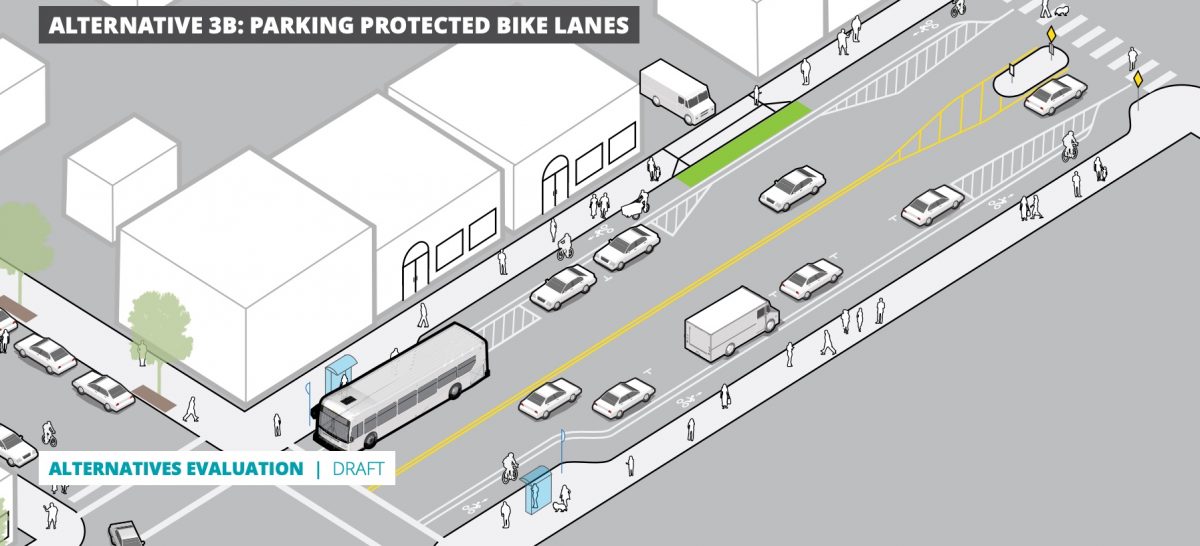
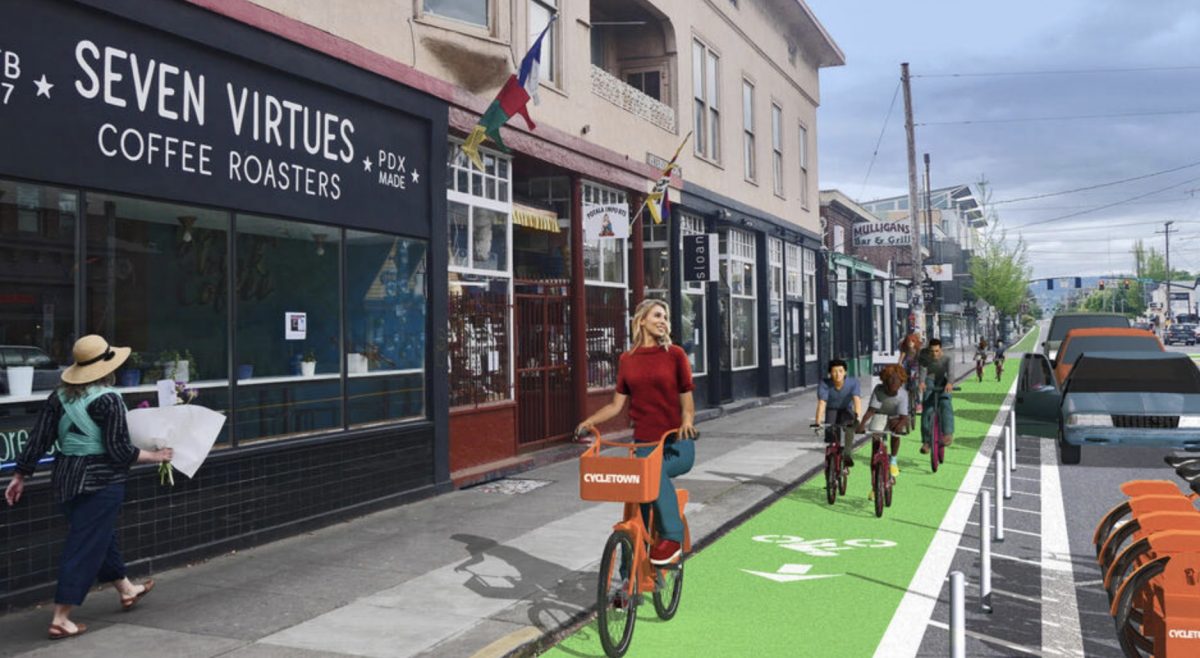
If you want to share your thoughts with the person who will decide the fate of Hawthorne Boulevard, she can be reached at joann@portlandoregon.gov.
— Jonathan Maus: (503) 706-8804, @jonathan_maus on Twitter and jonathan@bikeportland.org
— Get our headlines delivered to your inbox.
— Support this independent community media outlet with a one-time contribution or monthly subscription.


